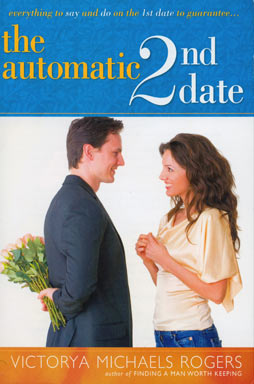By Heather Bailey/reporter
“Got up this morning feeling good and black, thinking black thoughts, did black things, played all my black records and minded my own black bidness! Put on my best black clothes, walked out my black door And … Lord have Mercy! White snow!”
Bob Ray Sanders recited “One Thousand Nine Hundred and Sixty Eight Winters” by Jackie Early to a NW Campus audience last week.
This poem, Sanders said, is a brief glimpse of what it was like for blacks during the Civil Rights Movement.
No matter what blacks did in their personal life, Sanders said, when they walked outside, they were surrounded by a white man’s world.
“The 1960s was one of the most important decades,” he said. “1963 was one of the most violent years.”
In Birmingham, Ala., children were bitten by dogs; black children were beaten with clubs, and four young black girls sitting in their Sunday school class were blown up. Martin Luther King, Jr. was assassinated.
Sanders, vice president, associate editor and columnist for the Fort Worth Star-Telegram, discussed what it was like for him to live in Fort Worth during the Civil Rights movement of the 1960s.
His presentation was part of a series of events for the 40th Anniversary Commencement of 1967-68, sponsored by the NW Campus social sciences department.
When Sanders was growing up in Fort Worth, he and other black children were allowed to go to the zoo only one day a year.
That day was June 19, also known as Juneteenth, the celebration of emancipation.
The public swimming pool was also opened to blacks only one day a year—June 19.
The very next day the pool would be drained and then refilled because the white people did not want their children swimming in the same water that the black children were swimming in.
Saint Joseph Hospital was one of the few area hospitals that admitted blacks, but black mothers had to give birth in the basement because the public did not want the white babies in the same room as the black babies.
The Riverside Elementary School that exists today was not the same in the ’60s.
There were two Riverside Elementary schools: North Riverside and South Riverside. One school was for white children, and the other was for black children.
Sanders said several things have changed in the last 40 years.
“My father did not want me to be a journalist because he was afraid I wouldn’t be able to get a job,” he said.
“In the 1960s the only time you would see a black man’s face on the cover of a newspaper was if he had murdered someone.”
The Civil Rights Movement did not affect only black people. Women and Hispanics were also affected by the movement.
When Sanders first started working for the Star-Telegram, there were no women reporters. Now the lead sports reporter for the Cowboys is a woman.
“You would have never seen a woman running for president,” he said. “And this year we have Hillary Clinton running for president.”
Hispanics were considered to be Anglo for the longest time, Sanders said. They were allowed to go where white people went, but they were still treated differently. They had to fight to get their classification changed to Hispanic.
Racism and hate still exist today, Sanders said.
“People find any reason to discriminate against each other, even ones in their own race,” he said.
Sanders told a story of a woman who recently pulled her child out of an area public school because the school her child was attending was teaching Spanish.
During a question-and-answer session, one student asked, “How do we stop the racism and hate?”
“Teach them while they are young,” he said.
Sanders said students should voice their opinions on the things that bother them instead of ignoring the issues, even if it’s parents.
“If they make a racial comment that you do not like, then say something to them,” he said.
“Family will love you no matter what. Be a leader not a follower.”



























